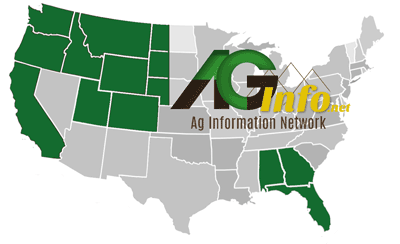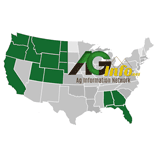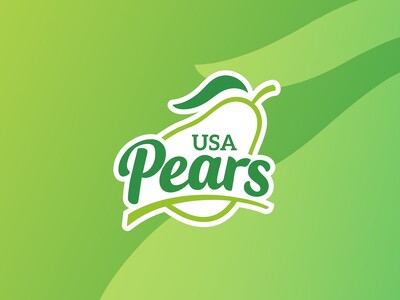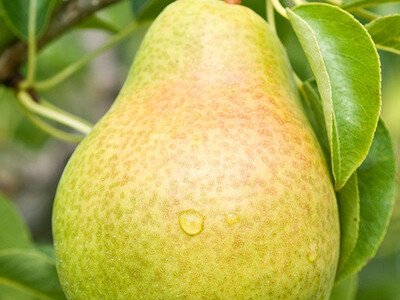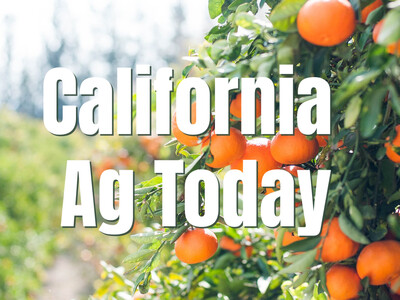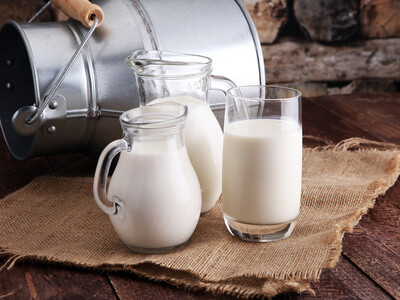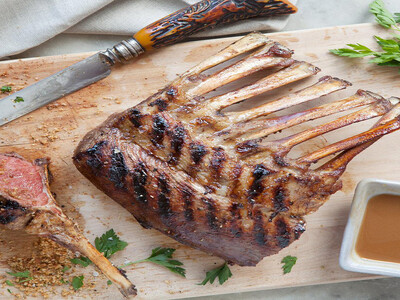Cultiva's Parka
From the Ag Information Network, this is today’s Fruit Grower Report.
Cherry cracking continues to be a big challenge for our Northwest cherry growers, threatening both fruit quality and marketable yields.
Cultiva’s North American Sales Manager, Thiago Moraes joins us here and, Thiago, as cherry growers look for ways to reduce cracking and maximize marketable yields in their cherry crop, what are the most effective ways to prevent cracking?
Q: It sounds like proactive orchard management is the most effective way to prevent cracking?
• The sensitivity to cracking varies with cuticle properties. The fruit cuticle is a hydrophobic and semi permeable membrane consisting of two layers: the cutin and cuticular waxes. The cuticular waxes play an important role in the water permeability of cherries. Cherries with a higher wax content are more resistant to the incidence of cherry cracking.
• By incorporating a cuticle supplement like Parka into crop protection program, growers can help protect fruit from cuticular cracking. Cuticle supplements prevent the uptake of water through the cuticle by coating fruit with a hydrophobic lipid bilayer. This added layer not only provides hydrophobicity that repels water from the fruit surface, but it also seals cuticular microfractures that can lead to fruit cracking.
Q: So, Thiago, for the growers that you talk with who are now using Parka, what kind of results are they seeing in their cherry orchards?
• Proactive Parka applications ahead of rain events has proven to help growers reduce cherry cracking incidence by 46%.
• Parka enhances the fruit and leaf cuticle with a hydrophobic lipid bilayer that expands as cherries grow, repelling moisture from the fruit’ surface that commonly causes cuticular cracking.
• Parka increases cracking resistance by enhancing cell membrane stability as a result of increased antioxidant defense which reduces the presence of oxidative species that degrade lipid membranes.
Q: And when, Thiago, is the best time for growers to apply Parka?
